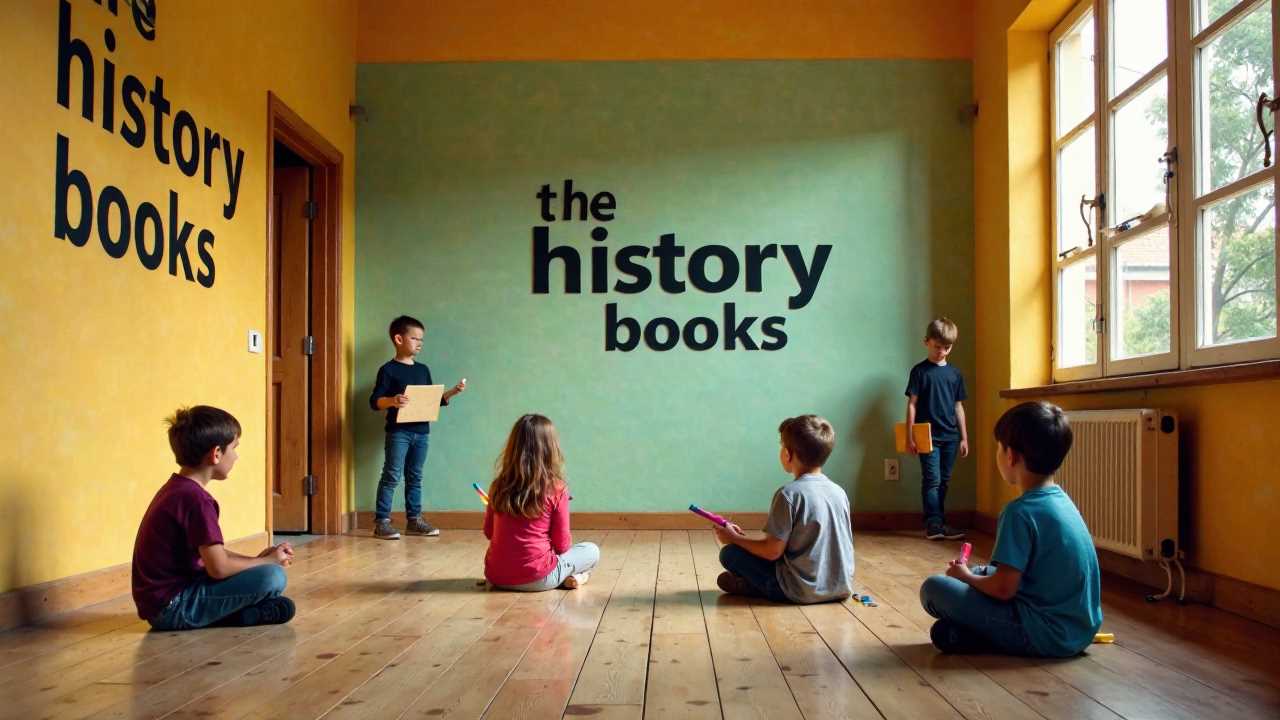
The Essence of Reggio Emilia-Inspired Teaching
Reggio Emilia-inspired teaching is a progressive educational philosophy that emphasizes the importance of the child-centered approach in early childhood education. This method encourages children to be active participants in their learning journey, where their interests and curiosities drive the educational experience. By fostering a rich environment that supports inquiry-based learning, educators create opportunities for students to explore, question, and collaborate, thus laying the foundation for a lifelong love of learning.
Inquiry-Based Learning: A Pathway to Discovery
At the heart of Reggio Emilia-inspired teaching lies inquiry-based learning. This approach invites children to engage in the learning process by posing questions and seeking answers through exploration and investigation. Educators act as facilitators, guiding students as they navigate their inquiries. By allowing children to follow their interests, we create a dynamic learning environment that nurtures critical thinking and problem-solving skills.
Children are encouraged to ask open-ended questions, leading to discussions that deepen their understanding of various concepts. For instance, if a child expresses curiosity about insects, the educator might provide resources such as books, videos, or even live specimens to explore. This method not only fosters a sense of autonomy but also encourages children to take ownership of their learning experiences.
Collaborative Projects: Building Community and Skills
Collaborative projects are a cornerstone of the Reggio Emilia approach, promoting teamwork and social interaction among children. These projects are often initiated based on the interests of the children and can encompass a wide range of subjects, from art to science. In a collaborative setting, children learn to communicate effectively, share ideas, and respect diverse perspectives.
For example, a group of children might decide to build a model of their community. This project would require them to discuss their ideas, assign roles, and work together to create a cohesive representation. Through this process, they develop not only their social skills but also their ability to negotiate, compromise, and celebrate collective achievements.
The Role of Documentation Practices in Learning
Documentation practices are vital in Reggio Emilia-inspired teaching, serving as a tool for reflection and assessment. Educators meticulously document children’s learning processes through photographs, videos, and written observations. This documentation captures the children’s thoughts, interactions, and developmental milestones, providing valuable insights into their learning journeys.
By sharing documentation with children and their families, we foster a sense of community and transparency. Families can see their child's progress and become active participants in the educational experience. Moreover, documentation helps educators assess the effectiveness of their teaching strategies and adjust their approaches to better meet the needs of their students.
Play-Based Exploration: The Heart of Learning
Play-based exploration is an integral component of Reggio Emilia-inspired teaching. Children learn best when they are engaged in play, as it allows them to experiment, create, and make sense of the world around them. Play is not merely a pastime; it is a powerful medium through which children express their thoughts, feelings, and ideas.
In a Reggio Emilia classroom, play is thoughtfully integrated into the curriculum. Whether through dramatic play, building with blocks, or engaging in sensory activities, children are encouraged to explore their interests in a safe and supportive environment. This hands-on approach not only promotes creativity but also enhances cognitive and social-emotional development.
The Environment as the Third Teacher
In Reggio Emilia-inspired teaching, the environment is often referred to as the third teacher. The physical space is designed to be inviting, stimulating, and conducive to exploration. Classrooms are filled with natural light, open spaces, and materials that encourage creativity and collaboration.
The arrangement of the classroom plays a crucial role in facilitating learning. Areas are designated for various activities, allowing children to choose how and where they want to engage. For instance, a cozy reading nook might invite quiet reflection, while an art corner encourages creative expression. By thoughtfully designing the environment, we promote independence and empower children to make choices about their learning experiences.
Integrating the Reggio Emilia Approach in Today’s Classrooms
Implementing Reggio Emilia-inspired teaching in contemporary classrooms requires a commitment to fostering a culture of inquiry, collaboration, and play. Educators must be willing to adapt their teaching styles, embrace flexibility, and prioritize the needs and interests of their students.
Professional development opportunities can help educators understand the principles of this approach and how to effectively integrate them into their practice. Collaborating with colleagues, sharing experiences, and reflecting on teaching methods can lead to a deeper understanding of how to create a child-centered learning environment.
The Future of Education
Reggio Emilia-inspired teaching offers a transformative approach to early childhood education. By prioritizing inquiry-based learning, collaborative projects, and play-based exploration, we prepare children for a future where they can thrive as independent thinkers and active participants in their communities. The emphasis on documentation practices and the environment as the third teacher further enriches this educational philosophy, making it a powerful model for fostering holistic development in young learners. As we continue to embrace and implement these principles, we pave the way for a brighter, more engaged future for our children.
 Careers in EducationElementary EducationHigh School EducationEducational TechnologyTeaching StrategiesSpecial EducationPrivacy PolicyTerms And Conditions
Careers in EducationElementary EducationHigh School EducationEducational TechnologyTeaching StrategiesSpecial EducationPrivacy PolicyTerms And Conditions
